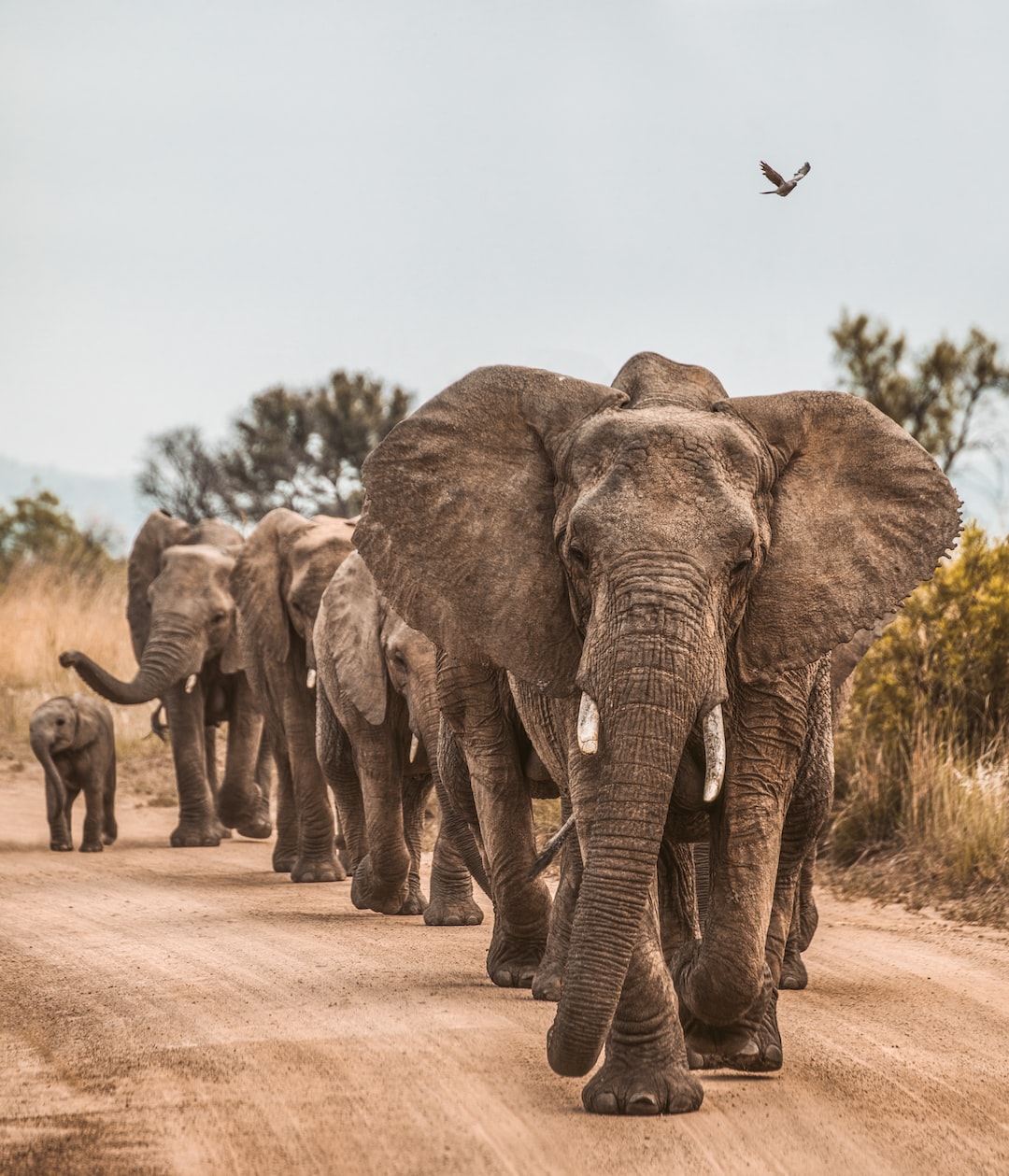The Hidden World of Underground Burrowers: Discovering Life Beneath the Surface
When we think about the diversity of life on Earth, we often focus on what we see on the surface: lush forests, vast oceans, and diverse ecosystems. But beneath our feet lies a hidden world, full of fascinating creatures that spend their lives underground. These underground burrowers may be small in size, but they play a vital role in ecosystem maintenance and provide crucial services that support the balance of life on our planet.
One of the most amazing underground burrowers is the naked mole rat. Native to East Africa, these peculiar mammals live in complex underground colonies. They dig extensive tunnel systems that span several kilometers and serve as their own miniature cities. However, what makes these creatures truly unique is their social structure. Within each colony, a queen mole rat reigns supreme, while workers and soldiers carry out specialized tasks. Their complex social system and ability to thrive in low-oxygen environments have made them invaluable for scientific research on aging and cancer.
In Australia, we find another underground burrower that has adapted to the harsh desert conditions: the bilby. With its large ears, burrow-digging claws, and strong sense of smell, this marsupial is perfectly suited for life underground. Bilbies dig deep burrows that help them avoid extreme temperatures and predators during the day. Their burrowing activities also contribute to soil aeration and enhance nutrient distribution, benefiting the surrounding plant species.
Some underground burrowers, like the earthworm, might seem mundane, but they play a crucial role in maintaining soil health. Earthworms are often called “nature’s plows” because their burrowing activities improve soil structure and introduce oxygen. They also break down organic matter, releasing valuable nutrients into the soil. Without earthworms, our agriculture systems would suffer, and the overall health of our ecosystems would decline.
Furthermore, underground burrowers serve as important indicators of ecosystem health. Changes in their populations or behaviors can signal environmental disturbances or climate change impacts. Monitoring their activities and populations can provide valuable insights into the overall health of an ecosystem.
Exploring the hidden world of underground burrowers not only enriches our understanding of biodiversity but also highlights the interconnectedness of all life forms. It reminds us that even the smallest creatures play vital roles in sustaining ecosystems and the balance of life on our planet. So, the next time you take a walk in the woods or stroll through a park, remember to appreciate the hidden heroes beneath your feet, working diligently to keep our world in harmony.

